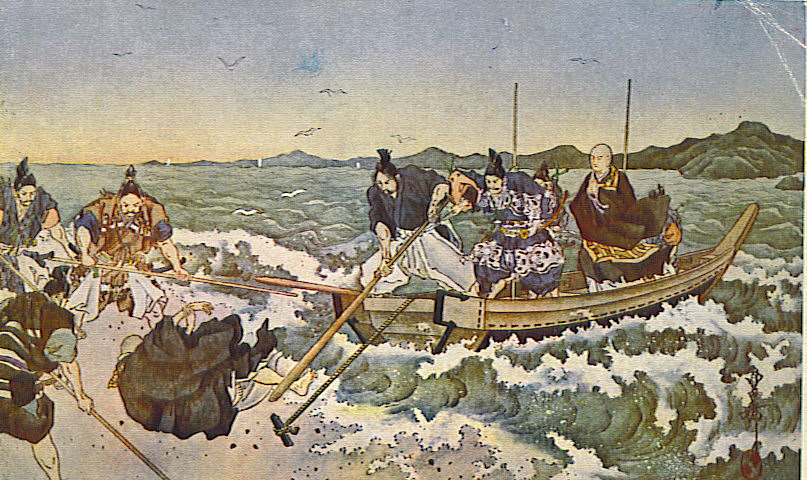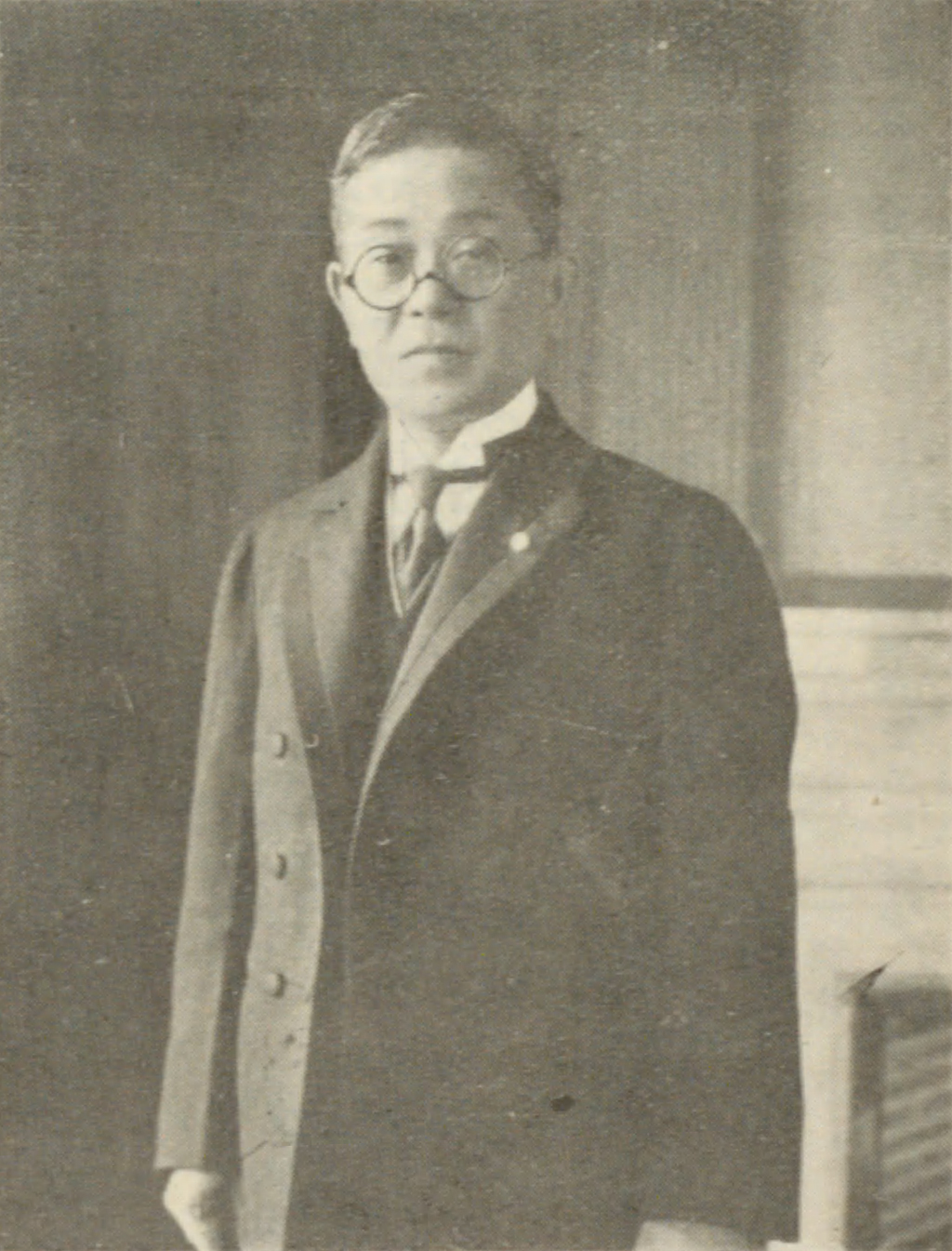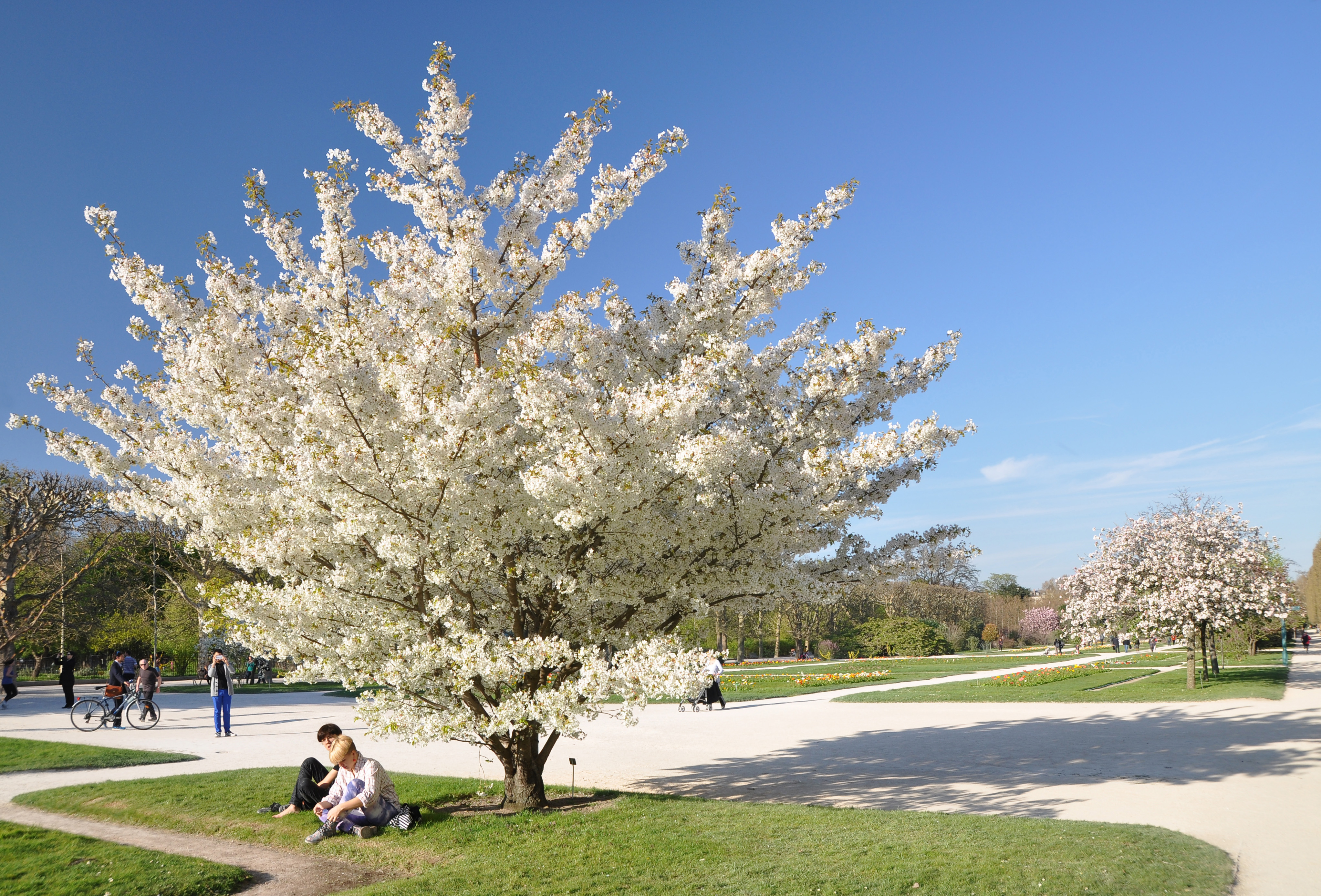|
Kuon-ji
is a major Buddhism, Buddhist temple in Yamanashi Prefecture, Japan. Founded by Nichiren in 1281 it is today the head temple of Nichiren Shū. While the Ikegami Honmon-ji in Tokyo is also the Nichiren sect's administrative centre, Kuon-ji today plays an important role as a seminary. Locally it is referred to as the Minobu, Yamanashi, Minobu-san Temple, after the mountain upon which it is built. History After returning from banishment to the island of Sado, Niigata, Sado, Nichiren returned for a period to Kamakura, Kanagawa, Kamakura, the seat of the Kamakura shogunate which ruled Japan at the time. He was invited by the magistrate Nambu Sanenaga, one of his converts, to relocate to Kai province, where the Nanbu clan had its ancestral estates, in 1274. Soon after his arrival Nichiren set up a Hermitage (religious retreat), hermitage that became a centre of learning for his disciples and adherents. The original dwelling became too small and in 1281 Nichiren founded a temple nearb ... [...More Info...] [...Related Items...] OR: [Wikipedia] [Google] [Baidu] |
Nichiren Shū
was a Buddhism in Japan, Japanese Buddhist priest and philosopher of the Kamakura period. His teachings form the basis of Nichiren Buddhism, a unique branch of Japanese Mahayana, Mahayana Buddhism based on the ''Lotus Sutra''. Nichiren declared that the ''Lotus Sutra'' alone contains the highest truth of Buddhism and that it is the only sutra suited for the Decline of the Dharma, Age of Dharma Decline. He insisted that the Emperor of Japan, sovereign of Japan and its people should support only this form of Buddhism and eradicate all others, or they would face social collapse and environmental disasters. Nichiren advocated the faithful recitation of the title of the ''Lotus Sutra'', ''Namu Myōhō Renge Kyō'', as the only effective path to Buddhahood in this very life, a path which he saw as accessible to all people regardless of class, education or ability. Nichiren held that The Buddha, Shakyamuni and all other Buddhist deities were manifestations of the Adi-Buddha, Original ... [...More Info...] [...Related Items...] OR: [Wikipedia] [Google] [Baidu] |
Nichiren
was a Japanese Buddhist priest and philosopher of the Kamakura period. His teachings form the basis of Nichiren Buddhism, a unique branch of Japanese Mahayana Buddhism based on the '' Lotus Sutra''. Nichiren declared that the '' Lotus Sutra'' alone contains the highest truth of Buddhism and that it is the only sutra suited for the Age of Dharma Decline. He insisted that the sovereign of Japan and its people should support only this form of Buddhism and eradicate all others, or they would face social collapse and environmental disasters. Nichiren advocated the faithful recitation of the title of the ''Lotus Sutra'', '' Namu Myōhō Renge Kyō'', as the only effective path to Buddhahood in this very life, a path which he saw as accessible to all people regardless of class, education or ability. Nichiren held that Shakyamuni and all other Buddhist deities were manifestations of the Original Eternal Buddha (本仏 ''Honbutsu'') of the ''Lotus Sutra'', which he equated with t ... [...More Info...] [...Related Items...] OR: [Wikipedia] [Google] [Baidu] |
Nichiren-shū
is a combination of several schools ranging from four of the original Nichiren Buddhism, Nichiren Buddhist schools that date back to Nichiren's original disciples, and part of the fifth: Overview The school is often referred to as the Minobu Sect due to its prominence within the Mount Minobu area. The school's head temple, Kuon-ji, is located on Mount Minobu where Nichiren lived in seclusion and where he asked to be buried. Another significant temple of the sect is the Ikegami Honmon-ji where Nichiren died. Accordingly, many of Nichiren's most important personal artifacts and writings, also considered to be National Treasures of Japan, are within their safekeeping. The sect is also known for its more open and tolerant views of other Buddhist traditions, even mixing or incorporating various mixed Buddhist beliefs and Shinto practices into their own aesthetics, most notably the use of various religious statues, the red stamping practice of Shuin for novelty, esoteric combinati ... [...More Info...] [...Related Items...] OR: [Wikipedia] [Google] [Baidu] |
Minobu, Yamanashi
is a town located in Yamanashi Prefecture, Japan. , the town had an estimated population of 11,674 in 5447 households, and a population density of 39 persons per km2. The total area of the town is . Geography Minobu is in south-central Yamanashi Prefecture. The Fuji River passes through the town, which is dominated by the sacred Mount Minobu. It also shares Lake Motosu with neighbouring Fujikawaguchiko. Neighboring municipalities Yamanashi Prefecture *Kōfu * Nanbu *Ichikawamisato * Hayakawa * Fujikawa * Fujikawaguchiko Shizuoka Prefecture * Aoi-ku, Shizuoka * Fujinomiya Climate The town has a climate characterized by hot and humid summers, and relatively mild winters (Köppen climate classification ''Cfa''). The average annual temperature in Minobu is 14.1 °C. The average annual rainfall is 1540 mm with September as the wettest month. The temperatures are highest on average in August, at around 26.0 °C, and lowest in January, at around 2.6 °C. Demo ... [...More Info...] [...Related Items...] OR: [Wikipedia] [Google] [Baidu] |
Nezu Art Museum
The , formerly known as the Nezu Institute of Fine Arts, is an art museum in the Minato district of Tokyo, Japan. The museum is home to the private collection of pre-modern Japanese and East Asian art assembled by Nezu Kaichirō (1860–1940). Established upon Nezu's death in 1940, the museum foundation began opening exhibitions to the public in 1941. During World War II, the museum's collection was safeguarded away from central Tokyo, avoiding the destruction suffered by the estate property during the bombing in May 1945. Exhibitions resumed after the war in 1946. Closed due to large-scale renovation and renewal starting in 2006, the museum reopened in the fall of 2009 with a brand new building designed by the Japanese architect Kengo Kuma. The museum is also famous for its garden. Drinking yuzu tea in the museum's cafe has been included as one of the best 30 Tokyo experiences in the ''Soul of Tokyo'', a 2019 travel guide book. Collections The museum houses more than 7,4 ... [...More Info...] [...Related Items...] OR: [Wikipedia] [Google] [Baidu] |
Tangible Cultural Property (Japan)
A as defined by the Japanese government's Law for the Protection of Cultural Properties is a part of the Cultural PropertiesIn this article, capitals indicate an official designation as opposed to a simple definition, e.g "Cultural Properties" as opposed to "cultural properties". of high historical or artistic value such as structures, paintings, sculptures, handicrafts, calligraphic works, ancient books, historic documents, archeological artifacts and other such items created in Japan.Despite the official definition, some Cultural Properties of Japan were created in China, Korea or other countries. See for example the Letter from Duarte de Menezez to Toyotomi Hideyoshi, a National Treasure, pictured below and made in India. All objects which are not structures are called "works of fine arts and crafts. Considered by the Japanese government to be, like all Cultural Properties, a precious legacy of the Japanese people, they are protected in various ways, and their export is eit ... [...More Info...] [...Related Items...] OR: [Wikipedia] [Google] [Baidu] |
Tokutomi Sohō
, born , was a Japanese journalist, publisher and historian. He advocated commoner Europeanism and Europeanization, established ''Min'yū-sha'', and launched the magazines '' Kokumin no Tomo'' and the newspaper '. He was the older brother of noted author, Tokutomi Roka. Biography Sohō was born in Minamata, Higo Province (now Kumamoto Prefecture), into a samurai family just before the Meiji Restoration. He studied '' Eigaku'' (study of the English language as a means to acquire Western knowledge, especially after the end of Japan's period of isolation) at the ''Kumamoto Yogakko'', and later at the ''Doshisha'' (subsequently Doshisha University) in Kyoto. He left school without graduating, but later wrote of his gratitude to the school's principal, Joseph Hardy Neesima. Following a period back in Kumamoto, where he started a local newspaper, Sohō moved to Tokyo. In 1887, he established the Min'yūsha publishing company, which printed Japan's first general news magazine, the ... [...More Info...] [...Related Items...] OR: [Wikipedia] [Google] [Baidu] |
Book Of Rites
The ''Book of Rites'', also known as the ''Liji'', is a collection of texts describing the social forms, administration, and ceremonial rites of the Zhou dynasty as they were understood in the Warring States and the early Han periods. The ''Book of Rites'', along with the '' Rites of Zhou'' () and the '' Book of Etiquette and Rites'' (), which are together known as the "Three Li ()," constitute the ritual () section of the Five Classics which lay at the core of the traditional Confucian canon (each of the "five" classics is a group of works rather than a single text). As a core text of the Confucian canon, it is also known as the ''Classic of Rites'' or ''Lijing'', which some scholars believe was the original title before it was changed by Dai Sheng. History The ''Book of Rites'' is a diverse collection of texts of uncertain origin and date that lacks the overall structure found in the other "rites" texts (the '' Rites of Zhou'' and the '' Etiquette and Ceremonial''). S ... [...More Info...] [...Related Items...] OR: [Wikipedia] [Google] [Baidu] |
Sakura
The cherry blossom, or sakura, is the flower of trees in ''Prunus'' subgenus '' Cerasus''. ''Sakura'' usually refers to flowers of ornamental cherry trees, such as cultivars of ''Prunus serrulata'', not trees grown for their fruit (although these also have blossoms). Cherry blossoms have been described as having a vanilla-like smell, which is mainly attributed to coumarin. Wild species of cherry tree are widely distributed, mainly in the Northern Hemisphere. They are common in East Asia, especially in Japan, where they have been cultivated, producing many varieties. Most of the ornamental cherry trees planted in parks and other places for viewing are cultivars developed for ornamental purposes from various wild species. In order to create a cultivar suitable for viewing, a wild species with characteristics suitable for viewing is needed. ''Prunus speciosa'' (Oshima cherry), which is endemic to Japan, produces many large flowers, is fragrant, easily mutates into double fl ... [...More Info...] [...Related Items...] OR: [Wikipedia] [Google] [Baidu] |
Hojo Tokimune
Hojo or Hōjō may refer to: Hojo or HoJo: *Howard Johnson's, a U.S. chain of restaurants and hotels *A nickname for a number of people named Howard Johnson *A nickname for Howard Jones (British musician), an synthpop singer, musician and songwriter *A nickname for Howard Jones (American singer), a vocalist for several metalcore bands *MGR-1 Honest John, the first nuclear-capable missile and a popular airframe for hobby modelers *Hojo, a supporting character in comic strip ''Mandrake the Magician'' * Professor Hojo, a non-playable character in the video game ''Final Fantasy VII'' Hōjō or Houjou: * Hōjō, one of the five kata of Kashima Shinden Jikishinkage-ryū * Hōjō (Inuyasha), a character in the manga and anime series ''Inuyasha'' *Hōjō clan The was a Japanese samurai family who controlled the hereditary title of '' shikken'' (regent) of the Kamakura shogunate between 1203 and 1333. Despite the title, in practice the family wielded actual political power in Japa ... [...More Info...] [...Related Items...] OR: [Wikipedia] [Google] [Baidu] |
Kanazawa Bunko
, formally titled the Kanagawa Prefectural Kanazawa-Bunko Museum, is a museum located in Kanazawa Ward, Yokohama, Japan. It features a collection of traditional Japanese and Chinese art objects, many dating from the Kamakura period. Originally built as a private library, Kanazawa Bunko was one of the two most important centers of learning in medieval Japan, with Ashikaga Gakkō being the other. The library was opened in 1275 by Hōjō Sanetoki (1224–76), a grandson of Hōjō Yoshitoki, second regent of the Kamakura shogunate. The library's collection has not remained intact, although some original documents remain. The existing building, built in 1990, houses the existing collection. The art collection of the Kanazawa Bunko includes Kamakura portraits, calligraphy, Chinese and Japanese classics, Buddhist sutras, and Zen writings. It is housed in a building within the Shōmyōji temple's precincts, though in a separate building. The collection includes an eleven-headed Kannon ... [...More Info...] [...Related Items...] OR: [Wikipedia] [Google] [Baidu] |
Heian Period
The is the last division of classical Japanese history, running from 794 to 1185. It followed the Nara period, beginning when the 50th emperor, Emperor Kammu, moved the capital of Japan to Heian-kyō (modern Kyoto). means in Japanese. It is a period in Japanese history when the Chinese influence on Japanese culture, Chinese influences were in decline and the national culture matured. The Heian period is also considered the peak of the Japanese Emperors of Japan, imperial court, noted for its Japanese art, art, especially Japanese poetry, poetry and Japanese literature, literature. Two syllabaries unique to Japan, katakana and hiragana, emerged during this time. This gave rise to Japan's famous vernacular literature, with many of its texts written by court ladies who were not as educated in Chinese as their male counterparts. Although the Imperial House of Japan had power on the surface, the real power was in the hands of the Fujiwara clan, a powerful Kuge, aristocratic family wh ... [...More Info...] [...Related Items...] OR: [Wikipedia] [Google] [Baidu] |







